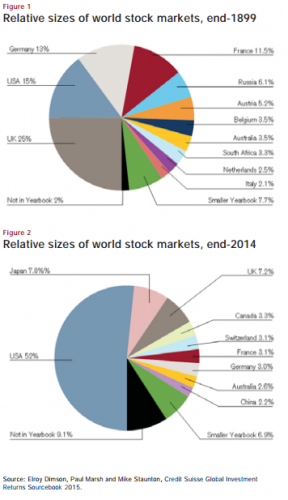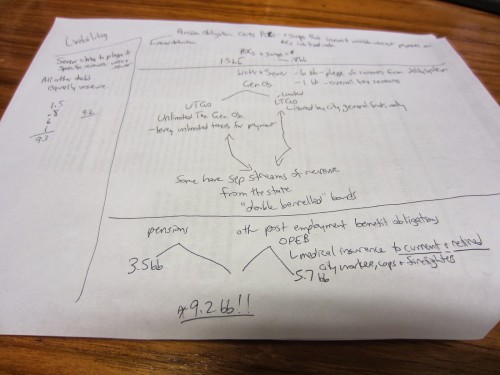Investing has changed significantly during the 25 or so years that I have been following both the market and also the tools available for an investor to participate within the market. The following trends are key:
- The cost of trading and investing has declined significantly. Trades used to cost more than $25 and now are essentially free in many cases. Mutual funds used to have “loads” of 5% or more standard when you made an investment, meaning that $100 invested only went to work for you as $95. These sorts of up-front costs have almost totally been eliminated
- ETFs have (mostly) replaced mutual funds. ETFs “trade like stocks”, meaning that you can buy and sell anytime (mutual funds traded once a day, after being priced with that day’s activity) and they don’t have income tax gains and losses unless you actually make a trade (mutual funds often had gains due to changes in the portfolio that you had to pay taxes on even if you were just holding the fund)
- CDs and Government Debt are all electronic. You used to have to go to a bank for various governmental bond products or to buy a CD. Now you not only can buy all of this online, you can choose from myriad banks instantly rather than settle for whatever your main bank (Chase, Wells Fargo, etc…) offers up to you
- Interest Rates are Near Zero. One of the key concepts in investing is “compound interest”, where interest is re-invested and even small, continuous investments held for a long time can end up amounting to large sums (in nominal terms, because inflation often eats away at “real” returns). However, with interest rates basically near zero, you need to earn dividend income or take on more risk (i.e. “junk bonds”) in order to receive any sort of interest income. There is no “safe” way to earn income any more

